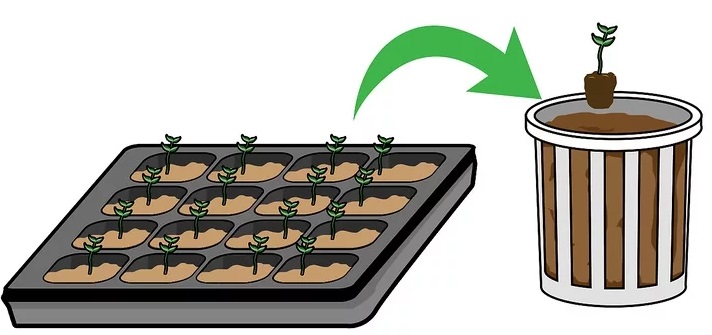How to Germinate Seeds
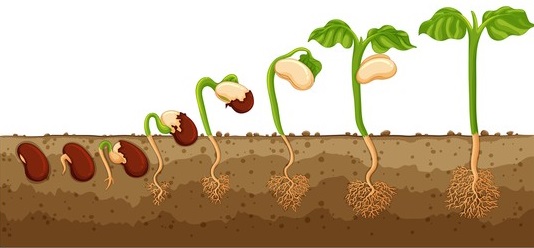
Guide to Germinate the Seeds:
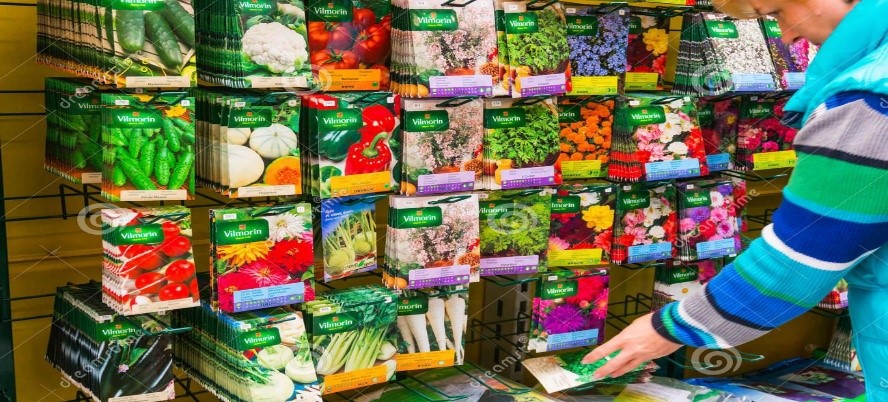
Step 1: Buy Your Seeds
One of the great perks of growing your own plants and vegetables from seed is the fact that you’ll have so many choices to choose from – and you’ll be able to find the perfect seeds to suit you and your garden online or at your local garden centre. Remember to take note of your environment and pick seeds wisely, keeping in mind the environment you have on offer. You will need to pay particular attention to the requirements of the seed –lookout for water requirements, soil temperature, nutritional requirements, and desirable lighting for each species you consider.
Step 2: Learn about your seeds
Now, that you’ve got your seeds ready – you will need to plant them. It is possible to plant seeds both straight away directly in your garden soil or alternatively in containers that can then be transported outside further down the line. This decision depends hugely on the species you wish to plant as some require more sensitive care than others. To do so, you will need to know the ideal growing conditions for your plant; the germination time, and also the earliest time from which you can transport your plant outside.
Garden soil can contain high levels of disease and insects that can cause harm to your seeds. Therefore, it is the safer option in most cases to start your seeds off indoors in 'seed and cutting' compost. Obviously, these conditions will vary from plant to plant, so make sure you check thoroughly before beginning the process.

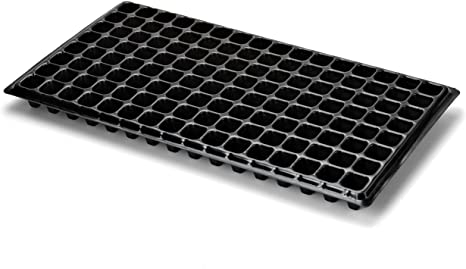
Step 3: Pick Your Container or Seedling Tray
You will need a container that is two to three inches deep and features holes at the bottom, for drainage purposes. The width of the container can vary – it all depends on how many seeds you wish to plant. However, remember to ensure you leave enough room for the seeds to germinate. You can buy trays from your local garden centre or online, or you can even use an egg carton. Now that you have your container ready, you will need to line your seeds with your growing medium. Do not fill your container right to the top with this combination, instead leave approximately half an inch at the top. Lightly wet with water to provide a good environment for the seeds to grow in. However, do note that soil-less mixture contains zero nutritional value so it may be a good idea to use seed and cutting compost.
You can purchase propagators which are designed for growing multiple fruit or vegetables from seed. These containers are perfect for the task at hand.
Step 4: Check Whether Or Not You Should Soak Your Seeds
Some seeds may require soaking before you plant them, whereas others do not. Make sure to check all the information on the packet as previously mentioned. If your seeds do require soaking, you will need to do so for several hours before adding to your growing medium.
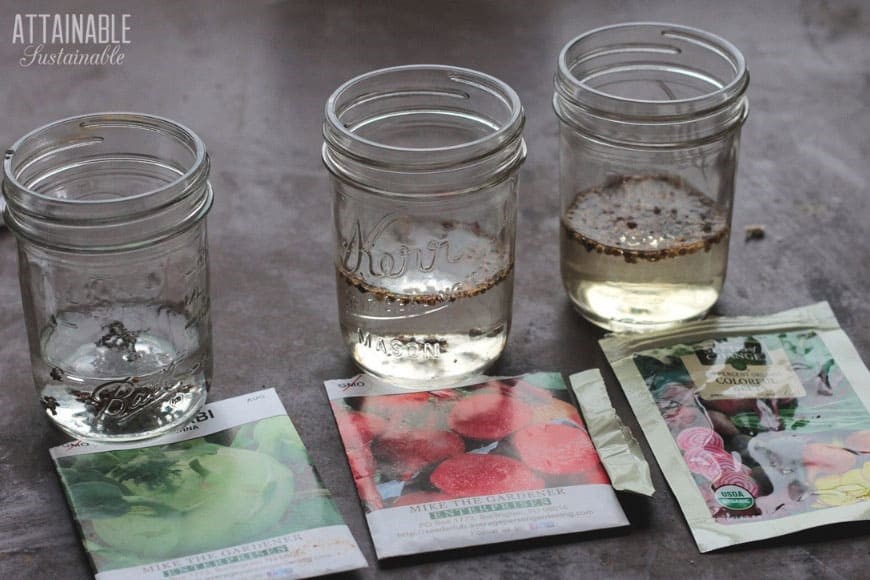
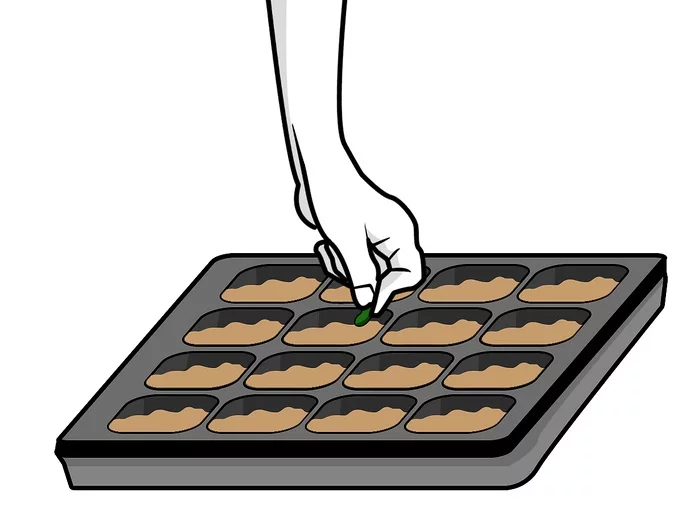
Step 5: Time It Right
Normally, you should plant your seeds between 4-6 weeks prior to moving them outside, however, species do vary. Also, you may be required to plant your seeds indoors earlier than predicted or indeed later, all dependant on the weather at the time. Create a nursery of the germination.
Step 6: Provide Heat And Lighting
Many seeds do not need lighting to germinate while others do. You may need a source of heat and light as sunlight will most likely not suffice. Pick up a plant lamp to keep your seeds happy with lots of lights and heat. Please note: You may use a fluorescent lamp without trouble but you will need a white bulb to provide the right heat and light for your seeds without burning them. A heat mat may also be a good idea for plants that require extra heat.

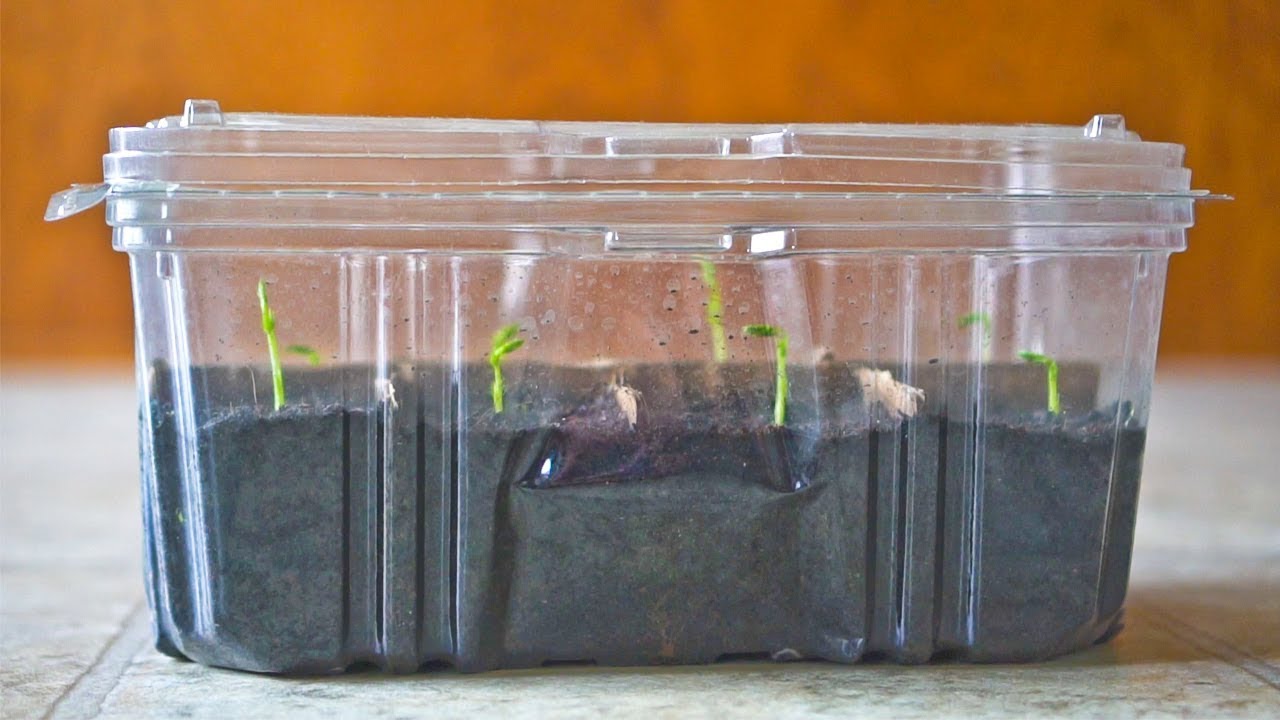
Step 7: Keep The Growing Medium Moist
We suggest covering your container lightly with plastic sheeting/damp newspaper. This will act as a way to regulate and trap moisture and temperature. This is important as if your seeds dry out they will not germinate properly.
Once you see the first shoot poking through, you will need to move the container into a sunny area. Ensure that the room temperature is above 70°F (21°C) and in bright light so that your plants can grow. You can now remove the plastic/paper covering, but ensure you keep the seedling moist by watering throughout the day. We advise you to water in the early morning and in the afternoon, but not any later in the day – as doing so can mean the water sits on top of the growing medium and can cause problems such as mould that are best avoided. At this point, it is also important to feed your seedlings with the correct fertiliser once they’ve gotten a few inches tall.
Step 8: Transporting The Seedlings
First, if any of the seeds germinate, it is best to thin out the less-strong seedlings, so that the stronger ones can grow even more so. Aim to not exceed three seedlings per section of the container/egg box. Following this, when the growing season starts you will be able to move your seedlings to larger containers outside. Continue to follow the instruction considering soil, lighting and drainage and enjoy.
